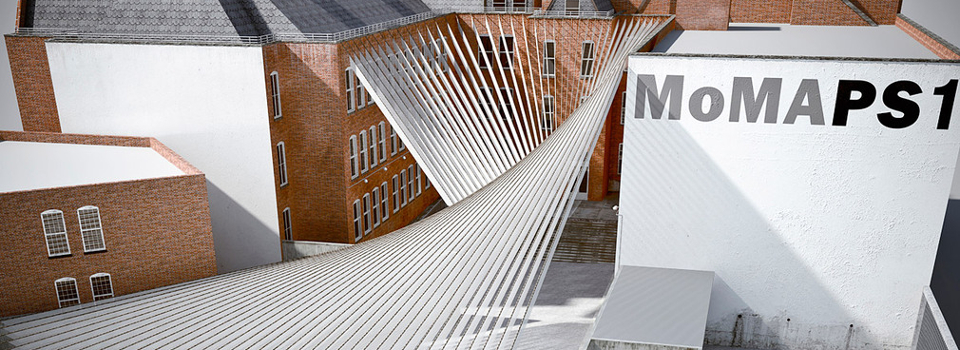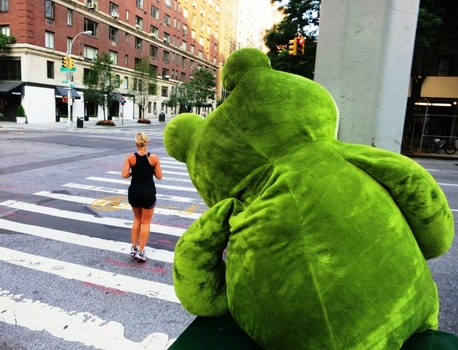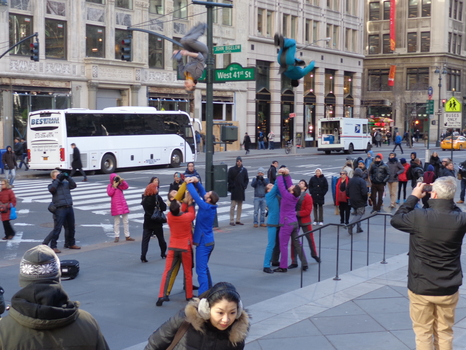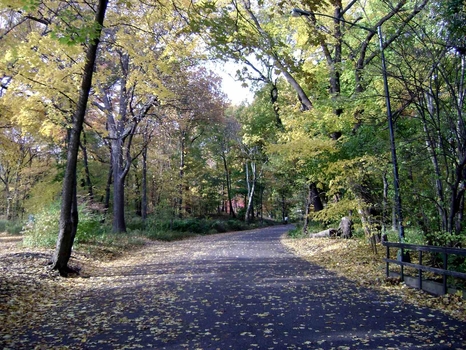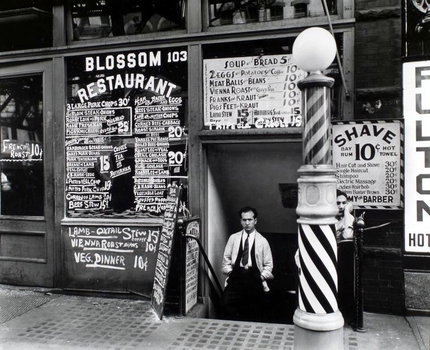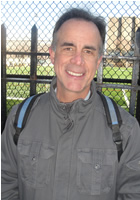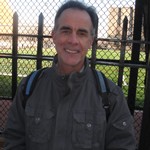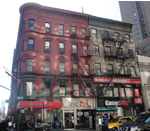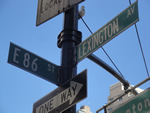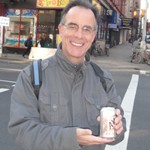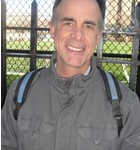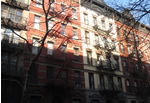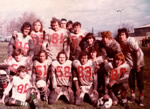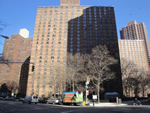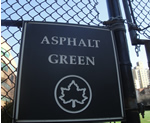Thomas Pryor’s work has appeared in The New York Times, Mr. Beller’s Neighborhood, A Prairie Home Companion, New York Press, Underground Voices Magazine, Opium Magazine Online, Our Town, The West Side Spirit and Ducts. Thomas curates a monthly storytelling show at Cornelia Street Café on the second Tuesday of the month. His story, “Madame Butterfly Goes Down”, is part of Thomas Beller’s anthology, “Lost and Found: Stories from New York.” His blog: “Yorkville: Stoops to Nuts,” is listed in the City Room Blog Roll of The New York Times and his weekly radio show was featured on the Centanni Broadcasting Network. Two of his stories were published in “Mickey Mantle ~ Memories and Memorabilia” by Larry Canale. His newspaper column runs in Our Town and The West Side Spirit. Thomas appeared on PBS’s acclaimed nostalgic TV series: “Baseball: A New York Love Story,” and he was featured on public radio’s “This American Life.” Thomas is a regular contributor to NearSay.com and Askanewyorker.com. He has written his first book, “Yorkville: Stoops to Nuts.”
http://yorkvillestoopstonuts.blogspot.com/
AANY: I’m here with Tommy Pryor on the corner of 86th and Lexington. I love what you do. I don’t know anyone who understands their neighborhood and their family history as well you do. I’ve got my walking shoes on and I’m ready for our walkabout.
Tommy: I was thinking on the way over here. The center of Yorkville’s universe is 86th Street between Lexington and 2nd Avenue. And as you may know Lexington wasn’t an original avenue. That’s why it’s so sweet. Lexington and Madison were added after the 1811 grid was laid out. But anyway, Lexington is a gorgeous avenue. 2nd Avenue has its qualities. But at every corner on those three avenues, Lexington, 3rd and 2nd there are only three out of possible twelve corners, if you turn around and take a look, where there’s a building left from when I was a kid, so they’re very important to me. Each of the tenements have distinct tops. These are precious benchmarks for me that I embrace.
AANY: What was in the Bank of America building on this corner?
Tommy: A hot dog place called Nedicks near the subway entrance. Their big thing for me was an orange drink in a paper cup and a toasted piece of white bread folded to look like a frank roll. Also, near the corner was Prexy’s Hamburgers. Their slogan was “The hamburger with a college education” During the depression they literally supported that slogan by only hiring people with college degrees because everyone was hard up for a job.On the north west corner was the RKO theatre which had 3100 seats. Best place for a game of tag in the dark until they threw you out. It was half the size of Radio City.
At the original RKO Theatre on 86th Street in 1919 Jimmy Cagney performed for the first time on stage in drag as a chorus girl. This was only a year after he got out of Stuyvesant High School. My great uncle Joe Cuccia went to PS 158 with Cagney on 78th Street. They played on a team called The Yorkville Nut Baseball Club, one of the popular amateur ball clubs in Manhattan at the turn of the century up through the First World War. Cagney’s brother, Bill, who was his manager for his whole career was on the team, too. I have two photograph of my uncle with Cagney: one is an informal school picture where they look like local thugs. The other shot they are in their Yorkville Nut Baseball Club uniforms. I have an interest in Doyle Auction House around the corner on 87th street. Around 1994 many of Cagney’s personal effects were auctioned off. I remember The New York Times, pre computer for me, had photography of the Yorkville Nut uniform which I was hoping was like a “Rosebud” for Cagney. I’m saying, ‘My God”, this man who had the biggest salary in Hollywood for years and was the first guy to challenge the studios and win, he kept his baseball uniform from when he was a kid until he died. I’d love to speak to the person that bought that uniform.
AANY: “You dirty, double-crossing rat.” Let’s keep walking.
Tommy: On the corner of 90th and 3rd if we look east this is where the Rupert Brewery would have started. The Rupert Brewery owner was Jacob Rupert who also owned the Yankees. He was from a German beer magnate family. This brewery went from 90th to 94th from 3rd Avenue to 2nd Avenue and probably employed a quarter of the neighborhood in this part of Yorkville. It came down around 1964 and I remember playing in the rubble. It was five to twelve stories high and some of the best games we ever had were in the rubble. It was virtually the size of a large park.
AANY: Tommy, I’m a little confused what are the geographical parameters of Yorkville?
Tommy: When I was growing up I was told it was 79th to 96th Street. But the fact is anybody below 79th Street almost down to the 59th Street Bridge will call themselves part of Yorkville. But we were in the center of it so I guess we felt entitled to make our own boundaries. Pride of place. If you look in the WPA’s Guide to New York City published in 1939 they describe Yorkville boundaries being from 59th to 96th, Lexington Avenue east to the river.
AANY: Now we are on 1st Avenue and 92nd Street.
Tommy: We’re going to meander down to a football field on York but first we are passing the Public Housing on 92nd Street, Isaacs Houses/Holmes Tower built in the 1960s. It’s one of the reasons that Yorkville gentrified so quickly. Low income families, who had it tough and lived in crappy tenements moved into a brand new apartment with moderate rent tied to their incomes. They wanted heat, hot water and didn’t want their landlords harassing them. Landlords do not want rent control tenants in their buildings. So when you have a lot of Yorkville families moving into public housing the landlords usually replaced them with people coming from outside of Yorkville at much higher rents. A large part of the character and history of the neighborhood moved into a single large project. Instead of being scattered around Yorkville block by block where you would have your several unofficial street mayors, for instance, your old lady sitting at the first floor window that everybody knew and she knew everybody. Like the concierge at the window sill on Jane Street in the film “The Producers” who cautiously greets Max Bialystock and Leo Bloom visiting Franz Liebkind on the roof. So much oral history was lifted from the streets. Blocks lost their identity. This was compounded when a series of middle income housing projects went up and an exodus of Yorkville lifers moved off the blocks into these centrally located tall buildings.
AANY: Tommy you certainly know a lot about public housing.
Tommy: Affordable Housing was my career before I started writing full time in 2010. In 1979, I joined the city agency, Housing Preservation and Development. My program helped rebuild neighborhoods by constructing small homes in all five boroughs. In 1992, I joined the New York City Housing Authority where I directed Human Resources & Budget for their Capital Projects Division.
AANY: If you only had sixty minutes, one hour to live what would you do?
Tommy: I would play tackle football at The Asphalt Green field on 90th and York Avenue which was not there when I was a young kid. All of a sudden, I’m eighteen years old and we had our own grass field. The local precincts and churches put together a league with four or five teams. We called our championship game “The Pineapple Bowl.” I lost two teeth on this field. I remember my father on the side lines. I fumbled a kickoff and picked the ball back up. This sometimes turns into an opportunity. I broke a few tackles on the right side, worked back towards the middle of the field and on about the fifty a defensive guy came under my helmet and hit me straight in the mouth. I’m still up and running. I don’t know what’s happened to my mouth. I make it down to the ten. My father, who was reserved when he came to watch me, runs across the field and picks me up and says, “Tommy, that was your greatest run ever.” “Dad, I lost two teeth.” Dad’s reply, “Your mother is going to kill you.”
AANY: Chuck Kulgaski broke my leg, compound fracture, in a freak flag football accident. So what’s special about this corner East 89th and the East End?
Tommy: On this corner in 1963 I heard my first Beatles song. “Love Me Do,” on that hill in Carl Schurz Park. I had my 8 transistor radio with its brown case. On the same corner in 1912 my grandfather, John Rode, bought milk. This was the edge of a farm. And right behind you a half a block from the hill is Gracie Mansion that was built in 1799 by Archibald Gracie. It was one of many mansions built along the East River by the Rhinelanders, The Schermerhorns, and many wealthy families in New York. J.J. Astor had a mansion on 88th Street where the writer, Washington Irving hung out.
AANY: Where are we now?
Tommy: We’re on 83rd Street between York Avenue and East End Avenue, the building in front of us is 517. I lived in 4R. We moved in 1957. We had a rear apartment. In the summer, my father using about six extension chords would go out the back window up the fire escape and bring our small black and white T.V up on the roof. Then he would put beer into a spaghetti pot filled with ice and I would bring up ice tea. With our two chairs and a card table, we’d wait for it to get dark and watch the Yankees game or Giant or Jet exhibition game on the roof. My mother thought we were nuts.
AANY: What a walkabout. That was amazing. Thank you Tommy Pryor!

